President's Message
Fellow woodworkers,
I was thinking about all the forest fires we have had in California in the last few months and the houses they destroyed when I saw a posting on Facebook about a major fire at Wythenshawe Hall in Manchester, England which was next to where I grew up as a child. The Hall had been very badly damaged in a fire started by an arsonist.
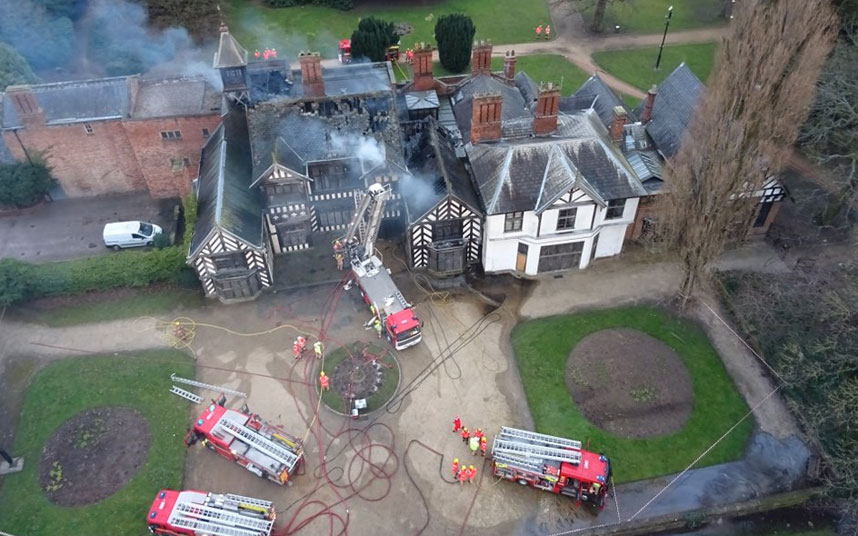
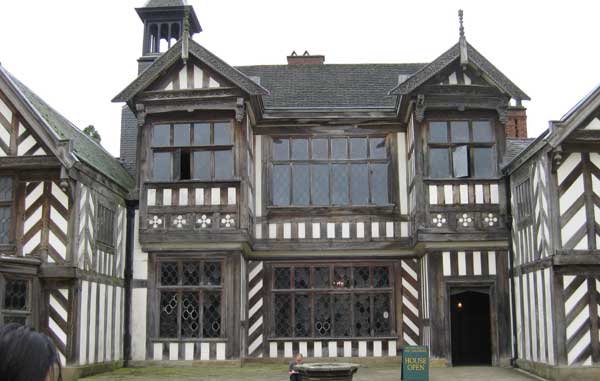
Back in November 2008 I wrote a piece for the President's Corner of our newsletter on Wythenshawe Hall. It is an old timber-framed Tudor house dating back to 1540 that was built using hundreds of great Oak trees. The hall is owned by Manchester City Council which for many years did not have the money to support the hall so it was closed most of the time. In the last few years a support group of volunteers got involved and managed to have it opened at weekends during the summer. Even when it was not open, it was a Grade ll listed building and looked very imposing in the middle of its 270-acre park.
I realized that many of the grand old buildings get badly damaged by fire over their lifetimes. Fortunately, many get rebuilt but at great expense and the difficulty of finding suitable trees. (Most species of big tress are now protected.)
It is too early to say if Wythenshawe Hall will ever be restored to its former glory but, given Council budgets, I would think it highly unlikely.
More details: Wythensahwe Hall fire
Continuing on the fire theme: In June of last year I wrote about the Mackintosh Library in Glasgow which was designed by the famous woodworker Charles Rennie Mackintosh. This was very badly damaged by a fire the year earlier but it was used by the Glasgow School of Art until the fire; money is being raised to fully restore it. The latest news is that restoration work is expected to begin very soon.
Also on the fire theme: Another fine English house, Clandon Park, (built about 1730) was totally gutted by a fire about a year ago. All that is left is a brick shell; this will not be fully restored. The National Trust, who owns the property, announced that a number of the principal rooms were going to be restored to the original 18th century designs, and the "less architecturally significant" upper floors were to be fully modernized for holding exhibitions, events and performances. Some groups are protesting this plan, saying the house should be fully restored to its former glory but in reality the partial restore of Clandon Park is the only practical option.
There is an excellent BBC video taken by a drone flying thorough what is left of the house that shows the level of destruction that happens to an old style stone/brick mansion which has basically a very dry wooden interior with no way to control the fire once it breaks out.
Reality is that the probability of any old hall or similar structure being destroyed, or very badly damaged in its lifetime is high and the cost of restoring it is prohibitive. It is great to see these buildings (and to admire the craftsmanship that went into creating them) but how many of the will last for another 500 years is hard to say.
The focus should be on using any money available to restore houses that are still used as homes, such as the ones that suffer with our frequent forest fires. Unfortunately not all history can be saved.
Frank (Contact at: Frankramsay8@aol.com)
The meeting was called to order by President Frank Ramsay at 7:15 PM.
New Members and Guests:
Bill Sprague who found us on the internet and is now building a Murphy bed as a woodworking project.
John Dougherty, who found our flier at Woodcraft.
Announcements:
Per Madsen went over the schedule for the rest of the year:
April: The speaker will be Ken Napior on the subject of finishing.
May: The talk will be given by a speaker from the SF wooden cable car shop.
June: Mark Tindley will talk about making a violin based on a Stradivarius design.
July, August, and September are still open for suggestions.
October: The Woodworking Show will take place and there will be no meeting that month.
November will be the annual meeting as well as a debriefing from the show judges about the works displayed.
December will be the annual holiday potluck with a talk by Frank Ramsay on club history.
John Blackmore reported that club membership is now at 52 with an 80% renewal rate. He announced that the first meeting of the Wood Show Committee will take place before the April meeting. The show will take place October 21-24 at the Woodcraft store in San Carlos. We need volunteers to help with setup/teardown, photography, signage, publicity, judging, and website.
Ken Napior announced that he is donating some of his books for sale at $2 each to benefit the club treasury.
Yeung Chan
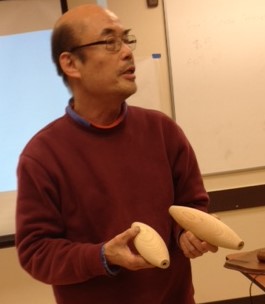
Per introduced the main speaker, club member Yeung Chan, who has specialized in the construction of Chinese style furniture using modern and antique methods.
Yeung's talk covered the construction method for a roller stool, a low table with rollers in it to massage the sole of the foot while seated.
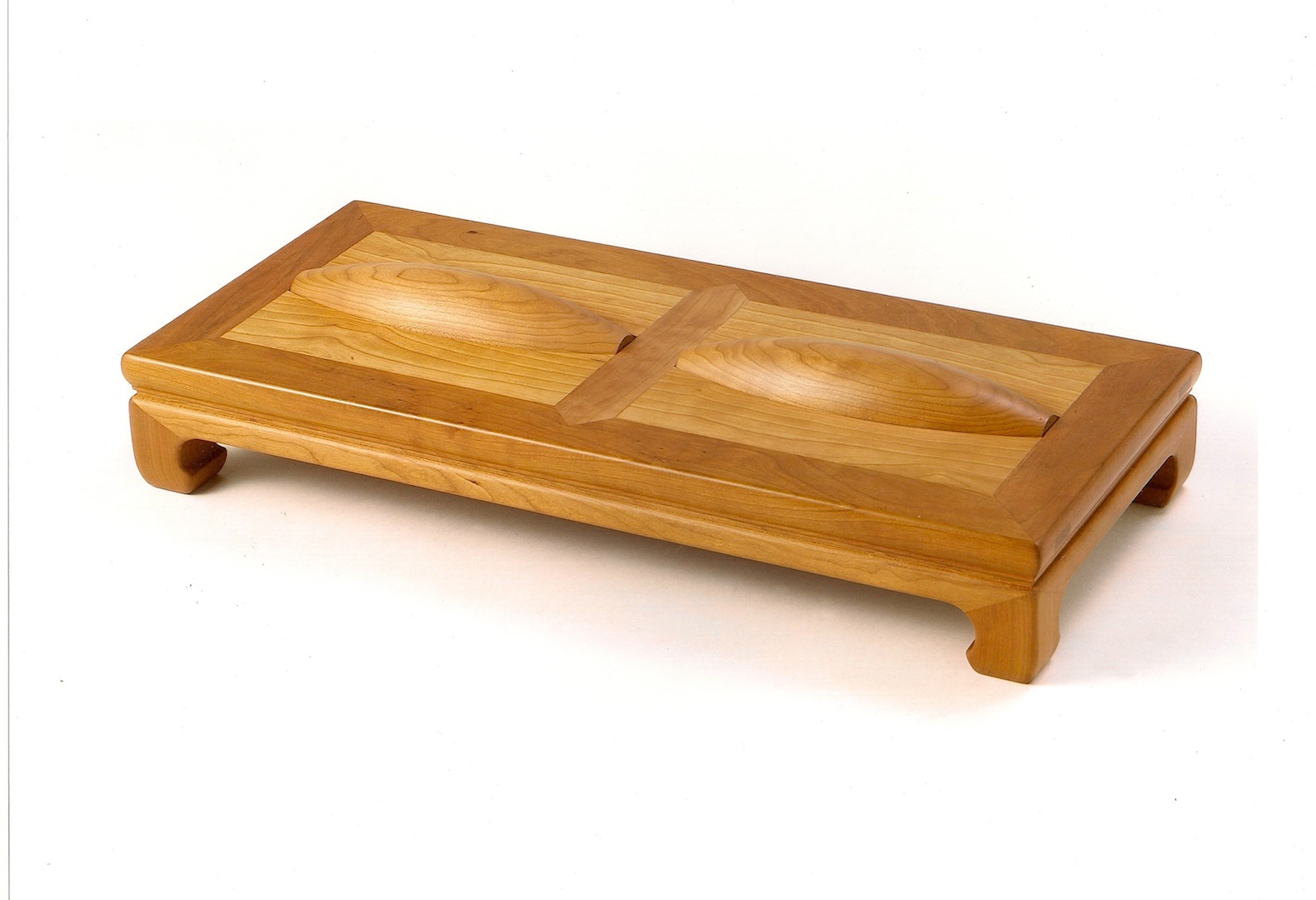 Roller stool
Roller stool
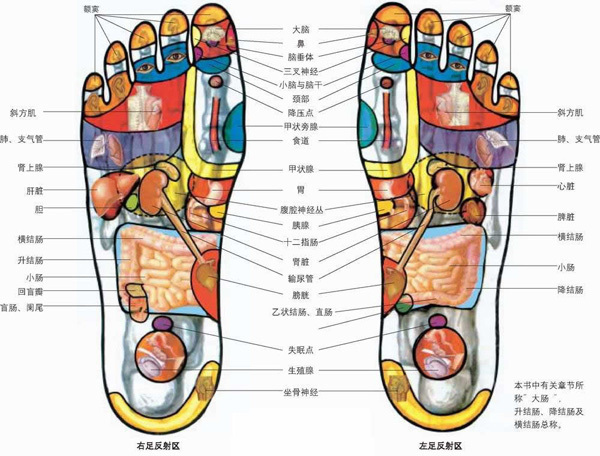 Target area(s)
Target area(s)
The most astounding part of the talk was the ingenious method by which he was able to fabricate the rollers using a router rather than a lathe. The project design was based on an original from the Ming dynasty that Yeung decided was too tall for its intended use so he made it shorter. It is made of walnut.
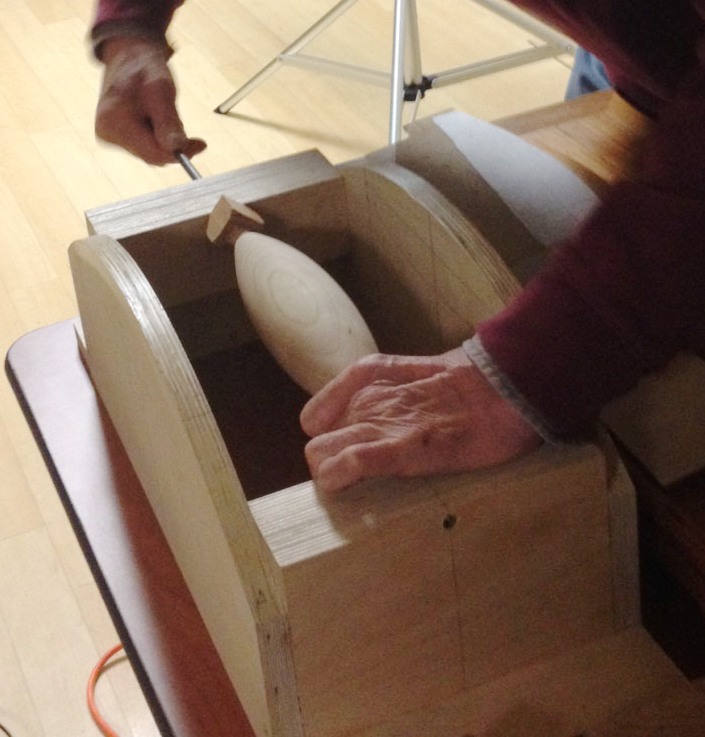
First, the rollers were constructed using a special jig that guides the base of a plunge router carrying a straight bit. The curvature of the jig mimics the curvature of the roller. One side of the curve is fixed to the jig, the cutoff piece of the curve is fixed to the base of the router. The depth of plunge of the router is set and then the base is guided over the curve to machine the desired shape onto the roller. Yeung prefers the as-machined surface, which is slightly rough to one that is sanded, as it gives a more satisfying massage. The roller stock is cut to the exact length required first and a through hole is drilled to mount a rod that is used to turn the stock during machining. Yeung found by experimentation that the best way to define this hole was to make the roller in two pieces that are glued together after milling a slot down the center of each with a table saw. After the glue is set, running a suitably sized drill through the hole gives a straight hole of the proper size along the approximate 6-inch length of the roller. The roller is mounted into the table using and iron rod in the center hole that spins on nylon bearings.
Yeung then went on to describe the construction of the rest of the table. The frame consists of two short side pieces, 2 long side pieces and one center piece. The corners are mitered/mortise-tenon joints that are made on the table saw and mortising machine. The mortise is cut first using the mortising machine and the tenon is cut to fit(where the tenon comes out is where the mortise enters is an important mnemonic). He recommends that you use a carefully cut 45 degree jig to cut the miters to be sure they are exactly 45 degrees. The sled jig should be in the form of an equilateral right triangle, which assures that the angles are correct for both parts of the joint. For the center piece cut the mortise in each end first using the mortising machine. Use a tenoning jig on the table saw to cut the birds mouth. Cut the complementary shape into the long piece using a chisel. For the legs, one must select a plank such that the grain direction is 45 degrees to the end axis. This will provide a piece in which the figure curves the same way on both sides. Later in the talk he re-emphasized the importance of paying close attention to the grain direction in any project you build. This makes the difference between a work of art and a piece that is merely functional. The angles of the leg are cut on the table saw. The tenon is fixed to the leg and mounts in a mortise in the top. To insure that the curve of the leg blends smoothly into the curve of the top the leg should be cut over size and the shape blended with chisels, rasps, and files after the piece is glued together. Use a handplane to give the top a final smoothing. The inlaid pieces in the top need to be hand shaped to match the curvature of the rollers. A special router bit is required to machine the reveal in the edge of the top.
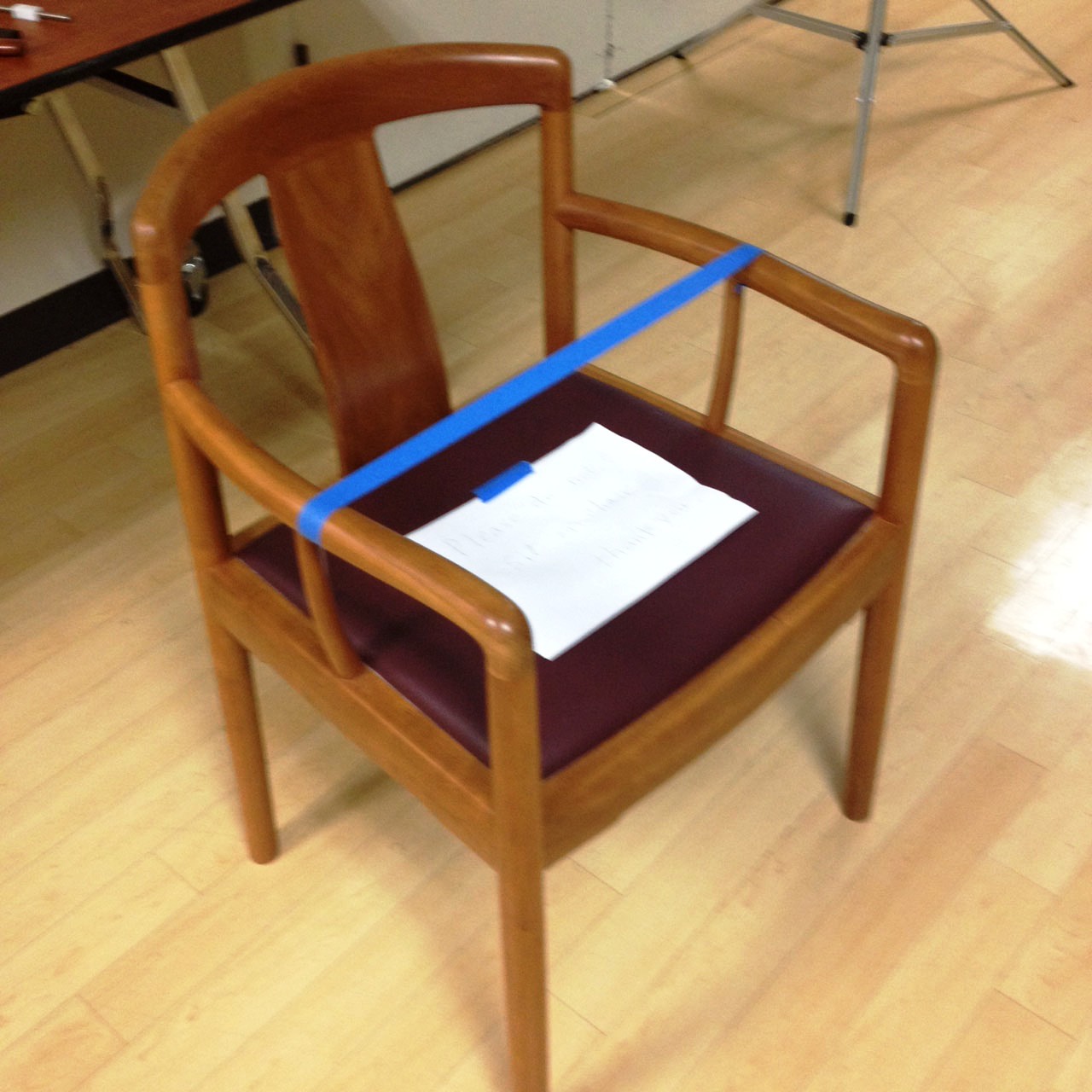
Yeung Chan modern chair design based on the traditional Ming style of chairs
Yeung then gave a brief autobiography. He was started out as a good farmer in China and left after the Cultural Revolution. When he got to San Francisco he got a job as a handyman in a furniture factor and did everything from sweeping the floor to moving stock around. Over time he worked his way up to pattern maker and then to engineer. He attended College of the Redwoods woodworking program for a year and learned the craft with guidance from James Krenov.
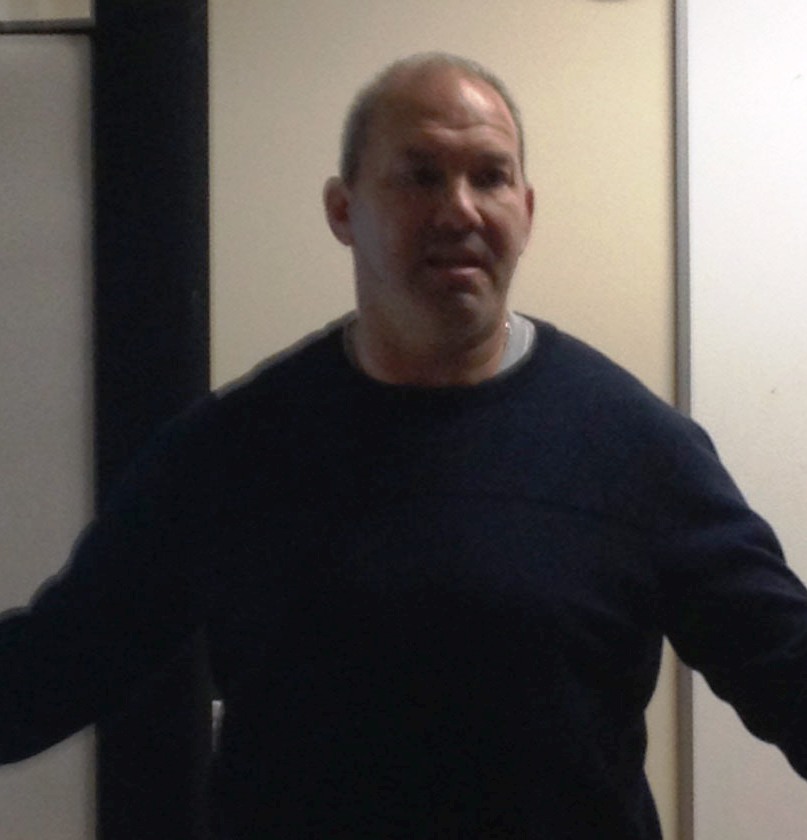

Randall Schwartz has been a woodworker for over 30 years. He picked up some hard maple from Cal Urban Lumber out of which he is building 2 dressers for his sons in the Arts and Crafts style. It is based on a piece he saw in the Fort Lauderdale Museum of Art. The sides are solid wood and the dimensions are 22" wide by 56" high by 1" thick. He started with pieces of 5/4 lumber and after glue up was able to have it them planed flat for a fee of $80 by Cal Urban Lumber in Martinez. The outside has shallow decorative grooves parallel to the floor across both sides and the drawer fronts. Randall took care that the grooves are lined up around the entire piece.
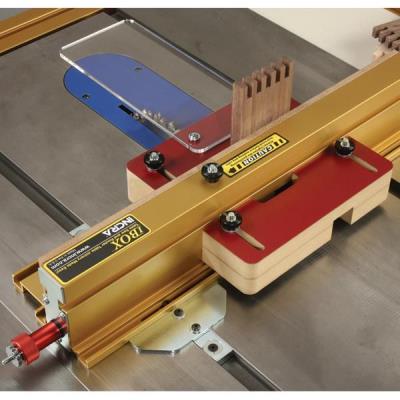
Ken Napior showed a video of box joint jig that he purchased from Incra, the iBox, that costs $160 new. It can be used on a table saw or a router. It is very accurate and easy to use.

Bruce Powell showed off his new tee shirt.
Followed by the door prize drawing to close the meeting. Unbelievably, Mark Rand won for the first time since he has been a club member.
Stephen RosenblumSecretary steve@rosenblums.us
